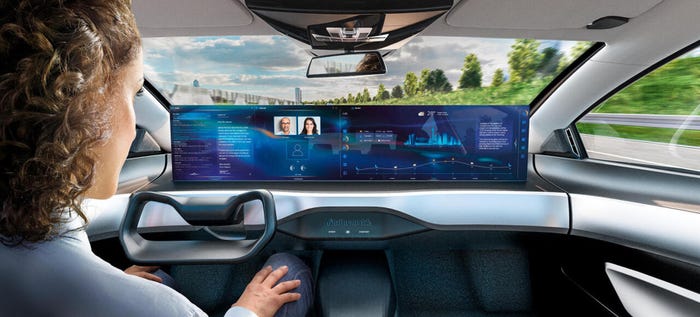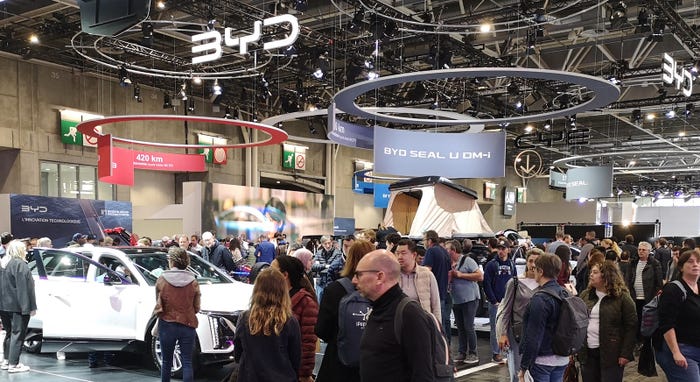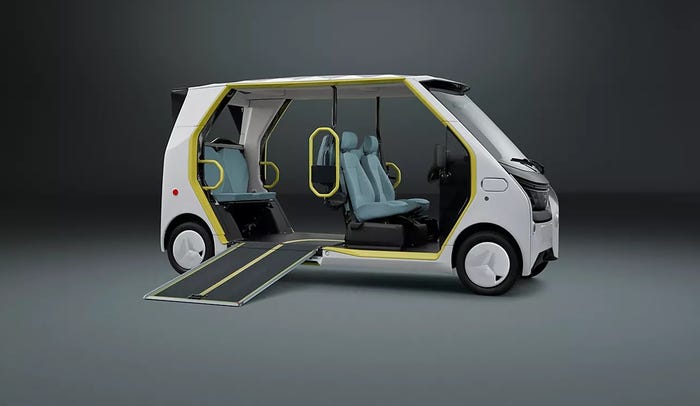Next Disruptor: On-Demand Urban Aviation
As automakers invest heavily in mobility services, not wanting to be left behind, they need to be aware their new technology could be usurped by even newer technology.

If you think ride sharing, autonomous cars and mobility services are going to disrupt the auto industry, you better get ready for the next shoe to drop. They call it urban aviation.
Most of us would call them drones, but don’t use that term with anyone in this business. They call them vertical takeoff or landing craft, or VTOL (vee-toll). Think of drones on steroids that can carry four to six people and their luggage.
These aircraft could land in your back yard or on any building with a flat roof. And get this: You’ll hail them with an app. They’ll be electric, and autonomous.
It’s an emerging transportation segment called urban aviation. Uber is a major proponent of developing this technology. So are NASA, DARPA, the helicopter companies and the aerospace industry. And the Chinese.
Uber held a 3-day conference earlier this year about it. They called the conference Uber Elevate, featuring 72 speakers covering all aspects of urban aviation.
The idea is to use them in urban areas with lots of congestion, so you can fly right over any traffic jams.
Here’s what Uber’s vision is all about: “Imagine traveling from San Francisco’s Marina to work in downtown San Jose – a drive that normally would occupy the better part of two hours – in only 15 minutes. What if you could save nearly four hours round-trip between São Paulo’s city center and the suburbs in Campinas? Or imagine reducing your 90-plus-minute stop-and-go commute from Gurgaon to your office in central New Delhi to a mere six minutes.”
By the way, Uber believes it can offer these kinds of rides for what it charges today with its Uber Black service.
Urban aviation is not going to happen overnight. There are plenty of hurdles to overcome, such as Federal Aviation Admin. regulations (and similar regulations in other countries) and developing better batteries for longer range and faster recharging.
These VTOLs will be far quieter than today’s helicopters. And they will be easily reconfigured to carry cargo, not just passengers.
The automotive industry has been worrying about the impact of ride sharing and autonomous cars. But their worries have been centered on ground-based competition, not on VTOLs. Now, seemingly out of nowhere, comes yet another competitor to the automobile.
As automakers invest heavily in mobility services, not wanting to be left behind by technological progress, they need to be aware that their new technology could be usurped by even newer technology. For the automotive industry, we’re truly living in an age of disruption.
About the Author
You May Also Like



.jpg?width=700&auto=webp&quality=80&disable=upscale)

